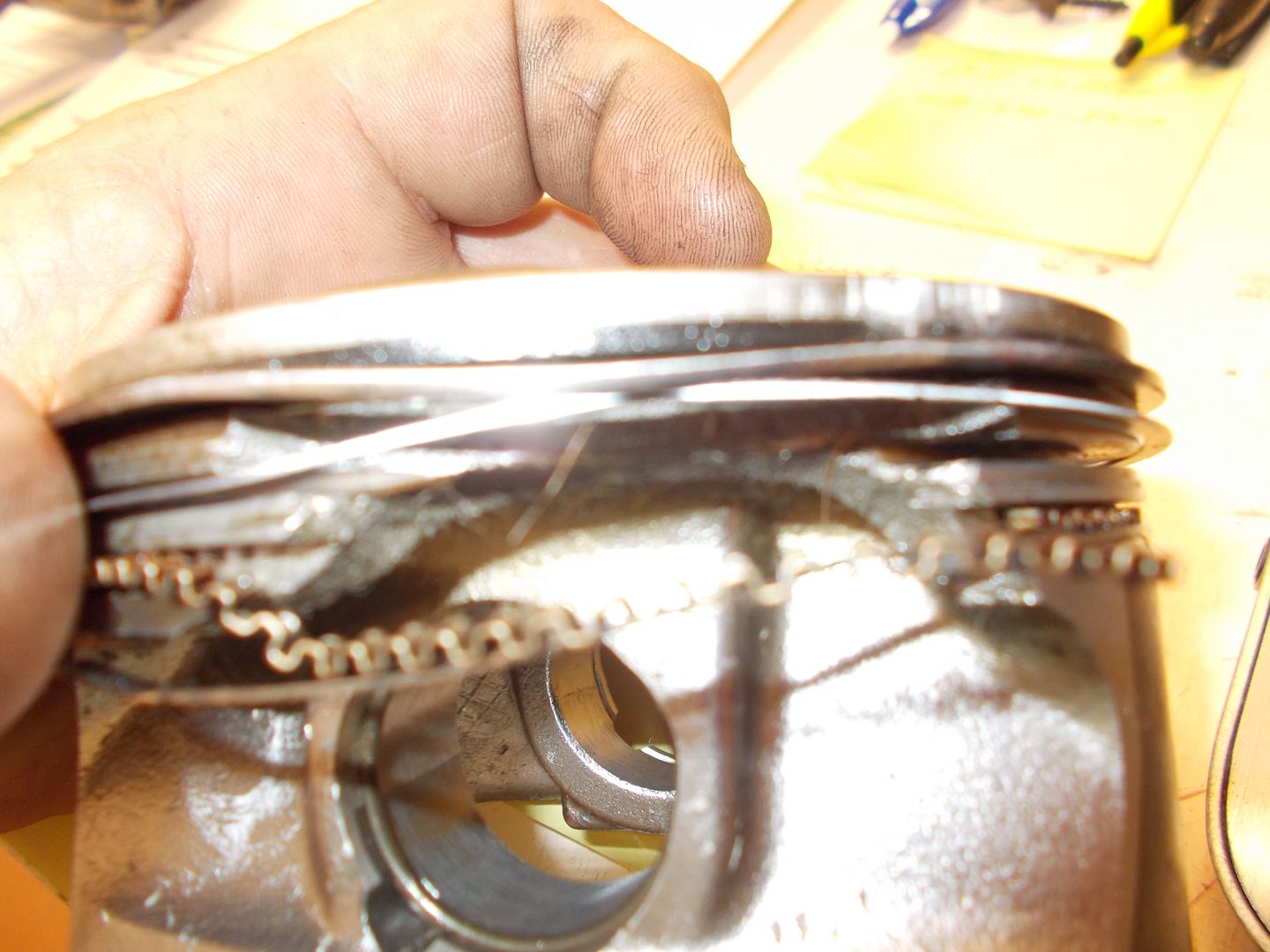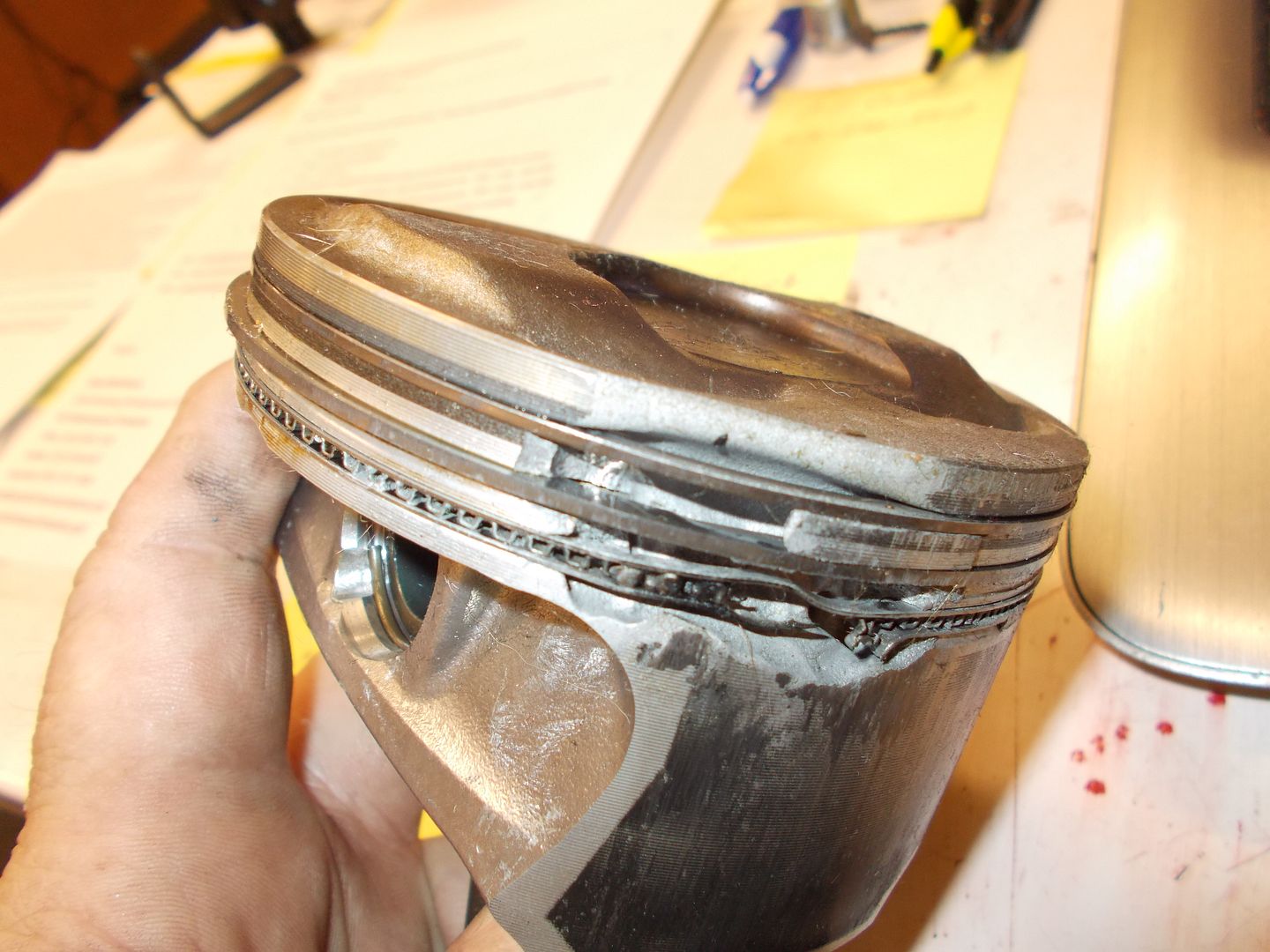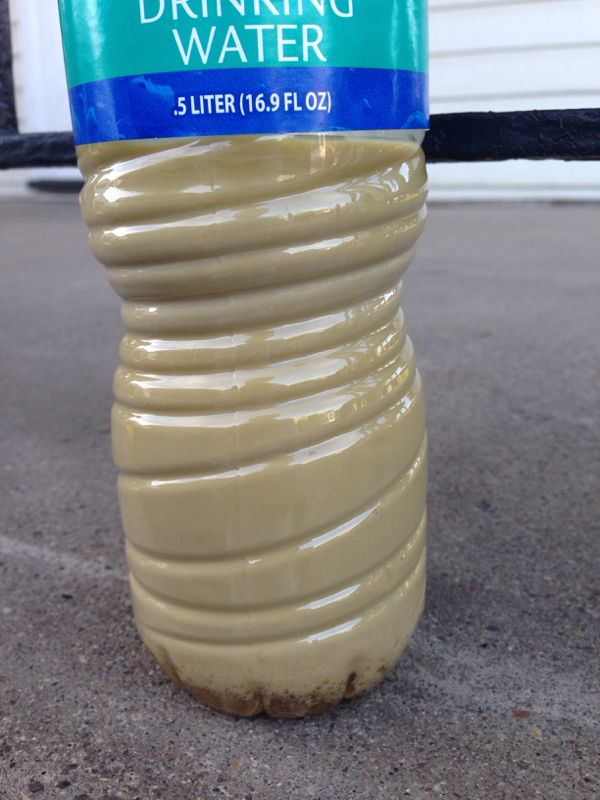Could all you guys who have seen bad pistons or blown motors on the 2.0T please post to this thread along with your build date? It would be interesting to know if you are/were tuned, but I don't think that info necessarily needs to be shared (especially if you are concerned about "privacy").
There are a lot of assertions what GM did or did not do and when. Let's try to generate some facts! GM is not sharing their data yet, but I think this community is large enough where we can start compiling some data of our own.
Who wants to go first?
There are a lot of assertions what GM did or did not do and when. Let's try to generate some facts! GM is not sharing their data yet, but I think this community is large enough where we can start compiling some data of our own.
Who wants to go first?







